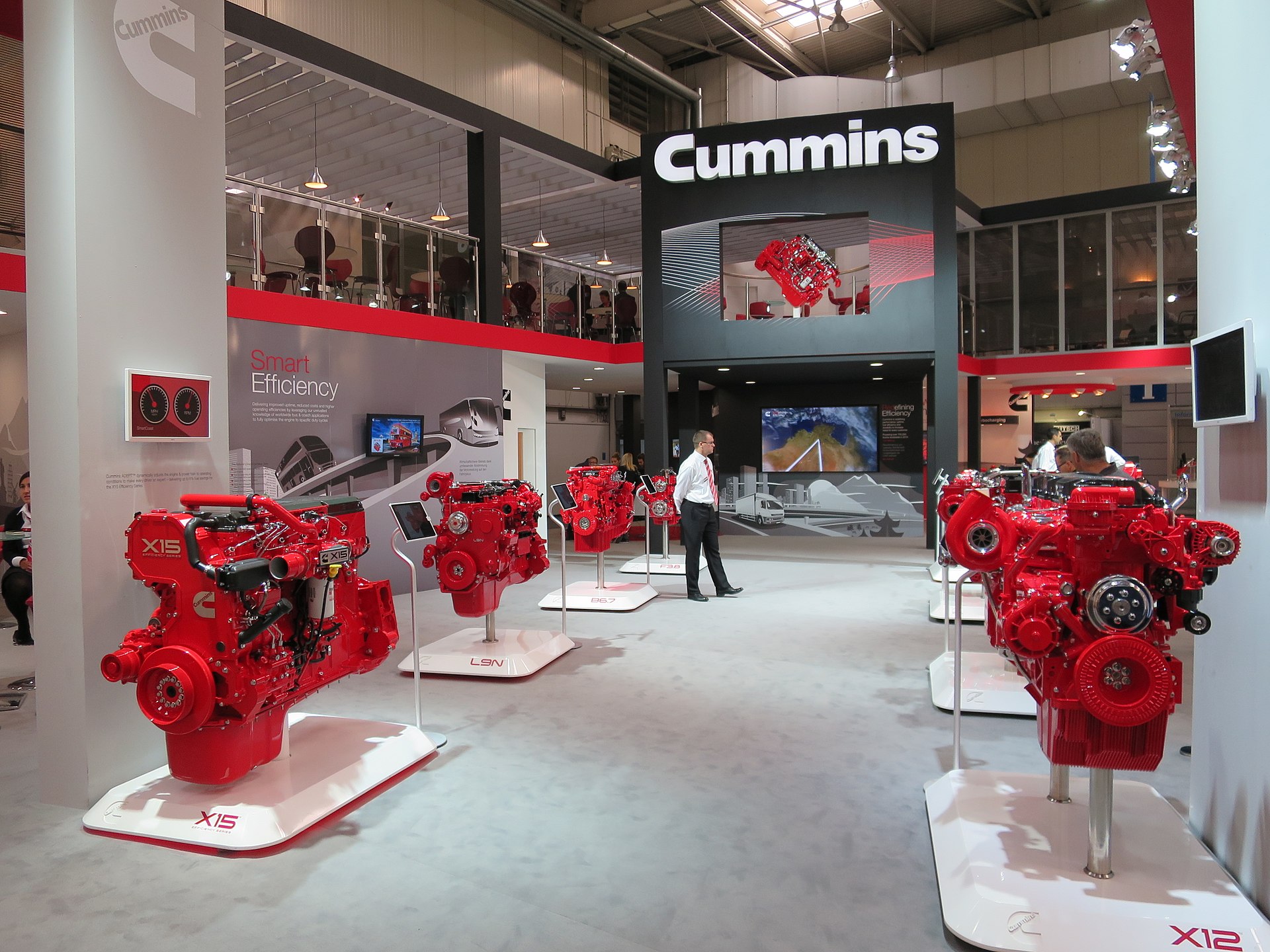Cummins, the U.S.-based engine manufacturer with over a century of history in designing and building innovative internal combustion systems, has presented the world’s first fuel agnostic powertrain platform.
These novel engines use versatile blocks and core components that allow them to burn diesel, natural gas, propane, gasoline, or hydrogen, without having to go through any manual adjustments or configuration changes. This versatility gives operational flexibility to applications such as the transportation industry, where finding a universal decarbonization solution that fits all needs is particularly challenging.
Although the engines will be able to run on any fuel, Cummins will offer specialized variations, so depending on the user’s needs, the engine will be configured to perform to its maximum potential with the fuel of choice. This means that the performance when using any other choice will be inevitably downgraded, but this is a trade-off that appropriately organized firms are willing to accept.
Besides that, Cummins promises that these engines don’t have any disadvantages, neither on reliability nor on durability. The relevant announcement underlines that these fuel-agnostic platforms have been thoroughly tested and evaluated in the firm’s labs and were designed based on the knowledge extracted from building millions of engines that have left the Cummins production lines all these years.
The portfolios that will receive new fuel-agnostic powertrains are the following:
- X15 – diesel, natural gas, hydrogen (400 – 500 hp, 1966 – 2508 Nm)
- L9 – diesel, natural gas, hydrogen (250 – 320 hp, 895 – 1356 Nm)
- B6.7 – diesel, natural gas, gasoline, propane, hydrogen (200 – 325 hp, 773 – 1017 Nm)
These engines are built for use in buses and trucks, so they could help solve the puzzle of achieving zero-emission in transportation and hauling. Cummins itself has set a goal to reduce the greenhouse gas emissions of its products by 25% until 2030 and reach net-zero by 2050.







